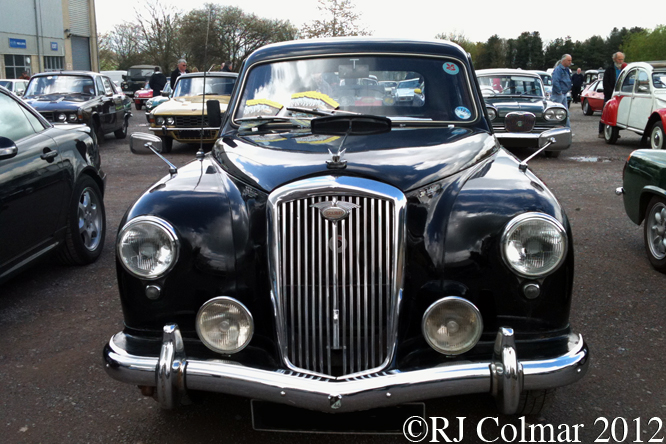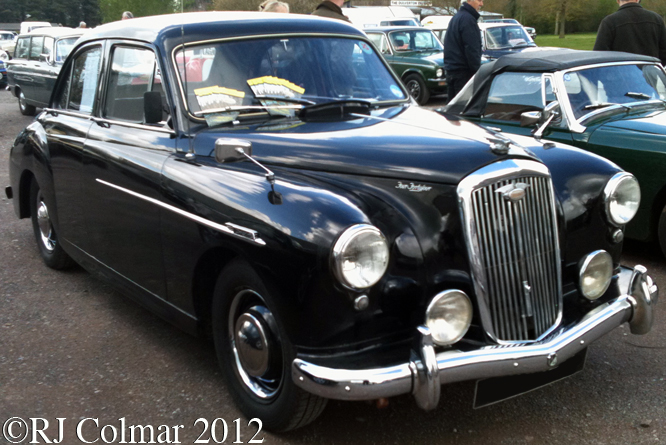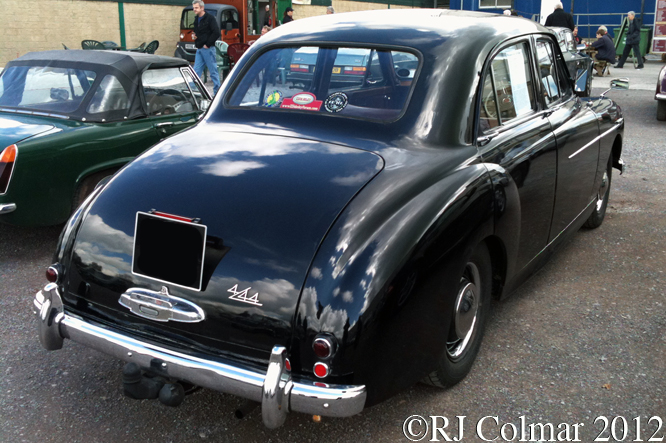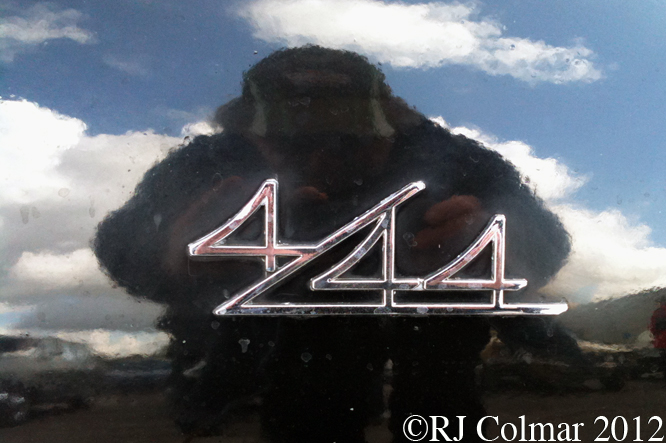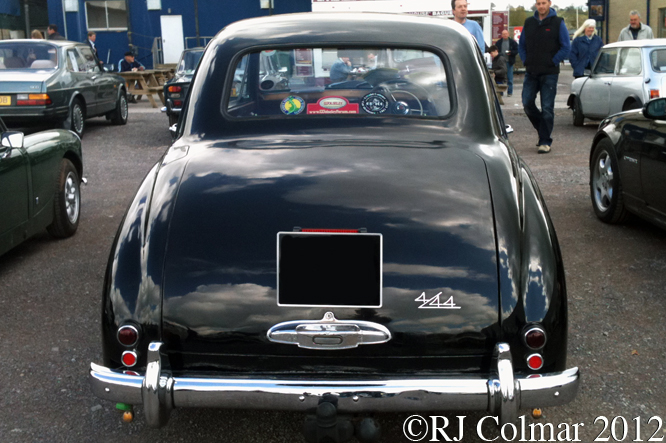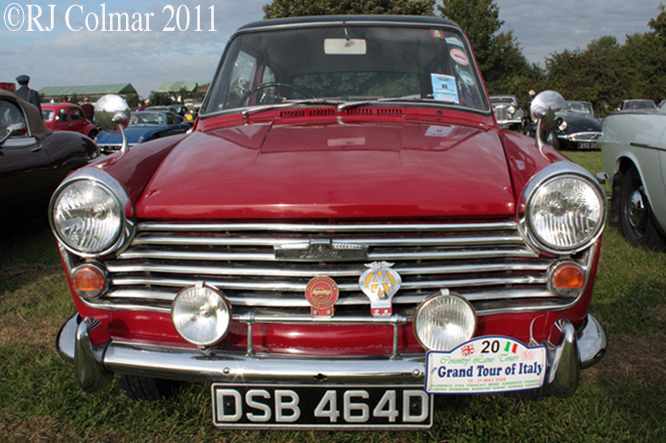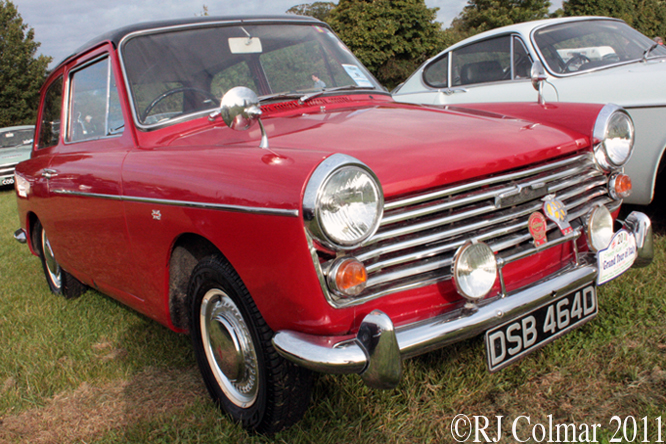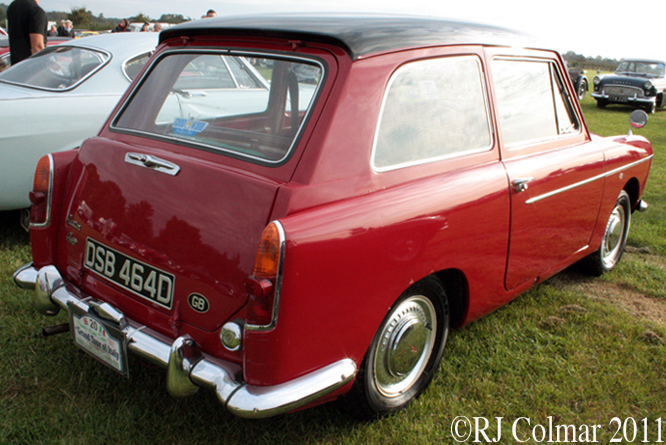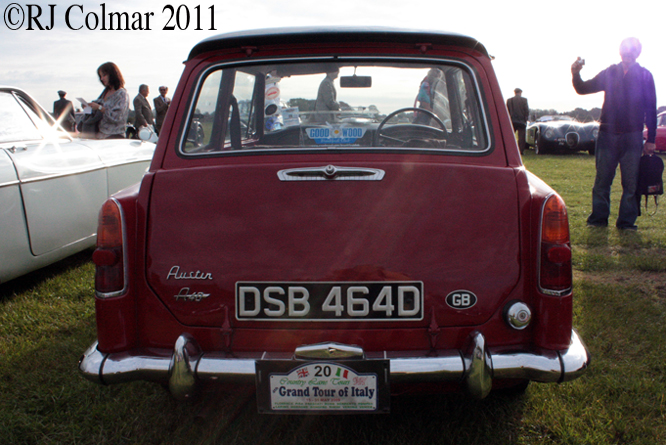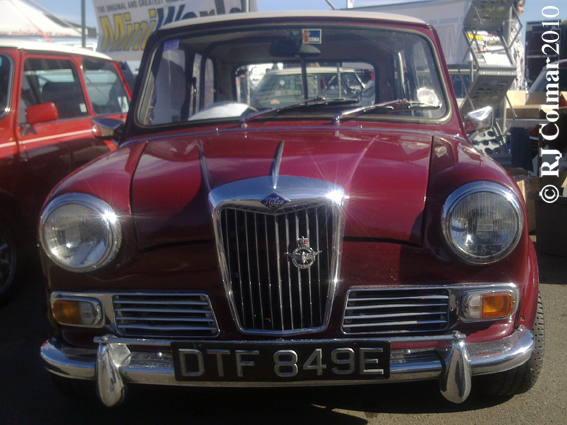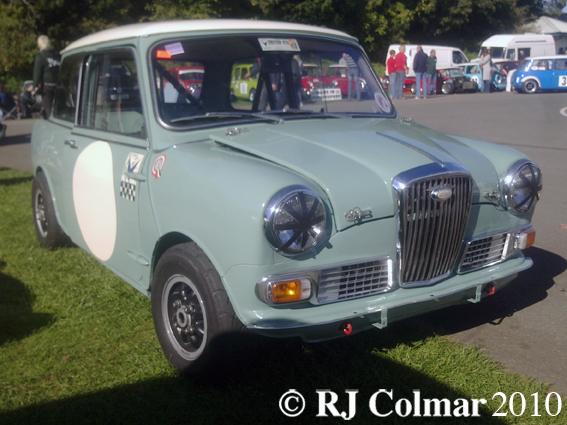Today’s featured British Leyland Motor Corporation Mini 9X test car was built to trial the replacement overhead cam engine intended to replace the BMC ‘A’ series push rod that had been introduced in 1951 along with the Austin A30, and a new gearless transmission.
The single overhead cam eight valve four cylinder engine has a capacity of 1500 cc / 91.5 cui with a rubber belt driving the cam, when tested it produced 50hp at 4000 rpm.

Despite achieving only 20 hours running time over 4 and half weeks on a test bed in 1975 due to leaks and other faults this car was regularly driven up until 1987 with only a cam belt failure on the M5 in 1982 during high speed testing.
The transmission consists of a torque converter and a mechanical final drive sourced from an Austin Allegro, the only gear options being forwards or reverse.
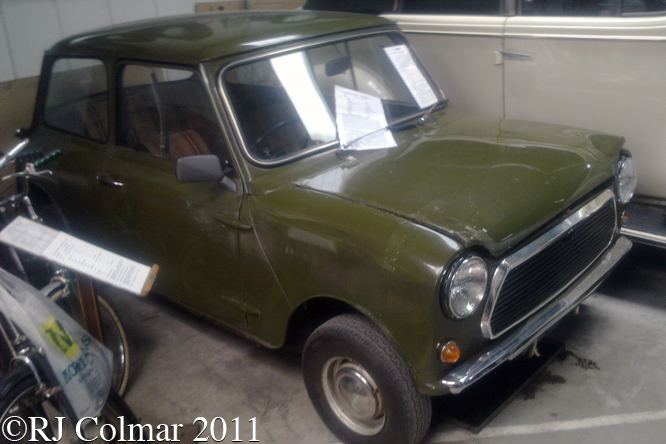
Other novel features on the 9X test cars were a redesigned nose, vertical strut suspension, this car was also fitted with competition aluminium doors, with sliding windows and original ADO15 type exterior hinges and boot lid, the unique bonnet and wings were also in weight saving aluminium, the original doors and boot lid corroded and have been replaced by steel items.
Four ADO20 Minis were converted to house the 9X transmission three of which also had the 9X single overhead cam engine also fitted, today’s example seen at the Atwell Wilson Motor Museum, Calne, was the second to be converted and the first to be fitted with the 9X engine, known at the factory as The Green Car, originally painted Connaught Green, resprayed in 1985 to the current Tundra Green, it was purchased in 1975 by the father of the Mini Sir Alec Issigonis who used it as his preferred transport for many years until he sold it back to Austin Rover as BLMC had become.
One prototype to an all new 9X design featuring the overhead cam engine, gearless transmission, front strut suspension and hatchback tailgate was built before the project was cancelled leaving the Mini in production until 2000 having out lived it’s eventual successor the Austin miniMetro that was in production from 1980 to 1997.
Thanks for joining me on this “The Gearless Green Car” edition of “Gettin’ a li’l psycho on tyres” I hope you will join me again tomorrow for Mercedes Monday, don’t forget to come back now !


